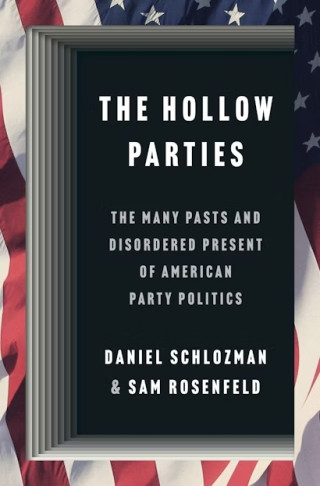In the decades since the Democratic Party got its clock cleaned in the 1984 presidential election, it has gotten really good at one thing: finding candidates who are skilled fundraisers and using the money they raise to carpet-bomb small slices of undecided voters with poll-tested and focus-grouped ads that appeal to their vaguely moderate views on a handful of nationally resonant issues. In the present day, when losing control of the House can mean “There aren’t going to be vaccines or weather forecasts anymore,” this is high-stakes work. The people who carry it out are campaign strategists, and it makes sense they would feel owed a measure of gratitude and prominence.
But there was a time in the United States, as hard as it might be to imagine, when there were no celebrity political strategists. Candidates decided how to campaign, and people who worked for political parties decided what policies to pursue. Parties gauged voters’ responses thereto in a variety of ways, including interactions between voters and local party organizers. All of these people had their own selfish ambitions, but they had incentives nonetheless to think about the practical, long-term consequences of the decisions they made.
This was the era of strong parties, also known as political machines. And they had downsides: They could be corrupt, and they did not make decisions in a democratic way. In response, reformers pushed to limit the power they possessed, a lengthy effort that began during the Progressive Era of the early 20th century and culminated after the 1968 Democratic National Convention in Chicago. At that gathering, held during the Vietnam War, party leaders, including infamous machine Mayor Richard Daley, strong-armed through a pro-war platform as protesters were beaten in the streets outside. In its aftermath, Democrats adopted so-called binding primaries, in which voters, rather than party officials, selected candidates.
As party organizations lost their control over the way elections were conducted and funded, their power waned and their size dwindled. They became, in the titular words of a 2024 book by political scientists Daniel Schlozman and Sam Rosenfeld, hollow parties.
And although the procedural changes that killed off party machines were supposed to put engaged, informed citizens back in charge of their government, that’s not what happened. The decline of party power coincided with the rise of suburbs and television, which contributed to a broader decline in civic participation. Just as bowling leagues and Kiwanis clubs suffered, so too did local party activity: In Pew’s surveys, the share of Americans who call themselves Democrats has fallen from a high of 51 percent in 1964 to 33 percent today. When Pew started collecting data in 1939, only 18 percent of respondents identified as independents; that number is now 35 percent.
